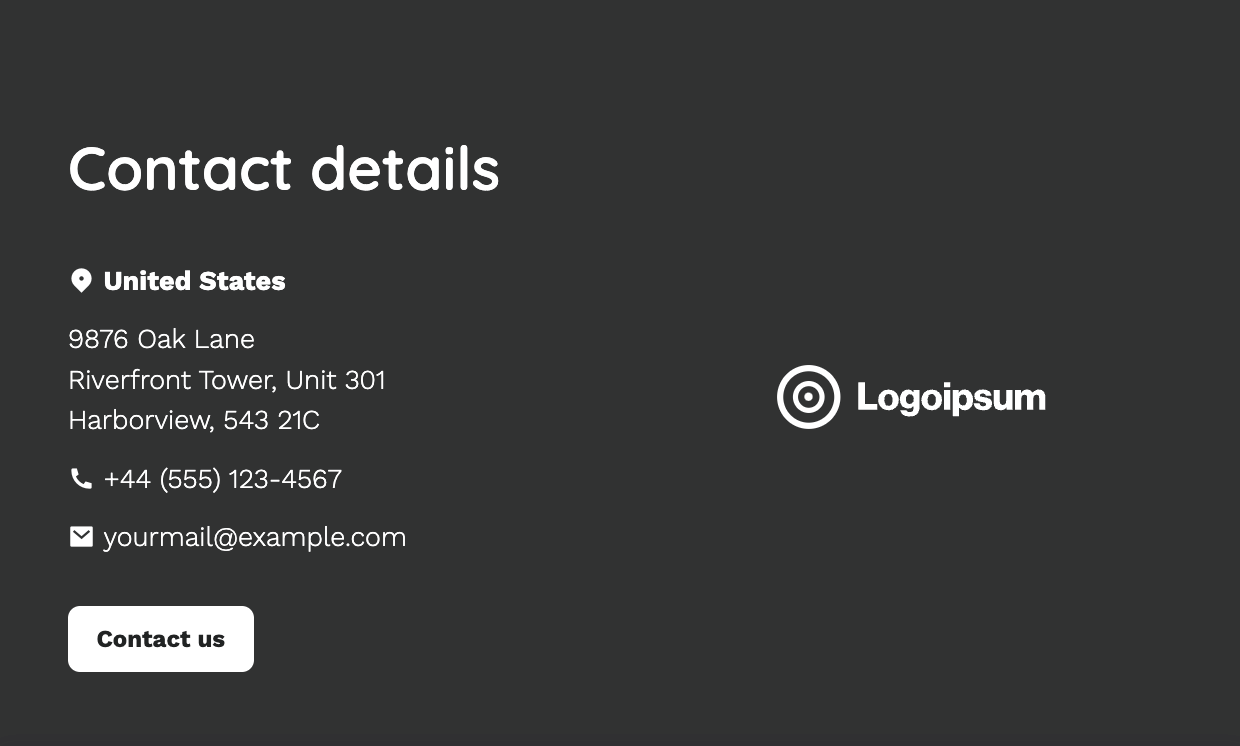Press Kit: Why You Need It & How to Make It (+Examples)
Learn what is a press kit, its function and components, and what to include in a press pack. See examples and get press kit templates that stand out.


Learn what is a press kit, its function and components, and what to include in a press pack. See examples and get press kit templates that stand out.
Short answer
A press kit is a collection of promotional materials that provides journalists with essential information about a business or individual. It typically includes a bio, press releases, high-quality images, and contact details, facilitating effective media coverage.
A media kit is mainly for marketing, designed to share key details about a company or individual's audience, reach, and advertising opportunities with potential advertisers and partners.
In contrast, a press kit is built for journalists, packed with press releases, biographies, high-quality photos, and other resources to help reporters effectively cover the company or individual.
NOTE: This blog post will focus mostly on company press kits. If you need info on how to create a press kit for musicians or film, we have separate guides for those: how to create an EPK for music artists, how to create a DJ EPK, and how to make a film EPK.
Stop losing opportunities to ineffective presentations.
Your new amazing deck is one click away!
















